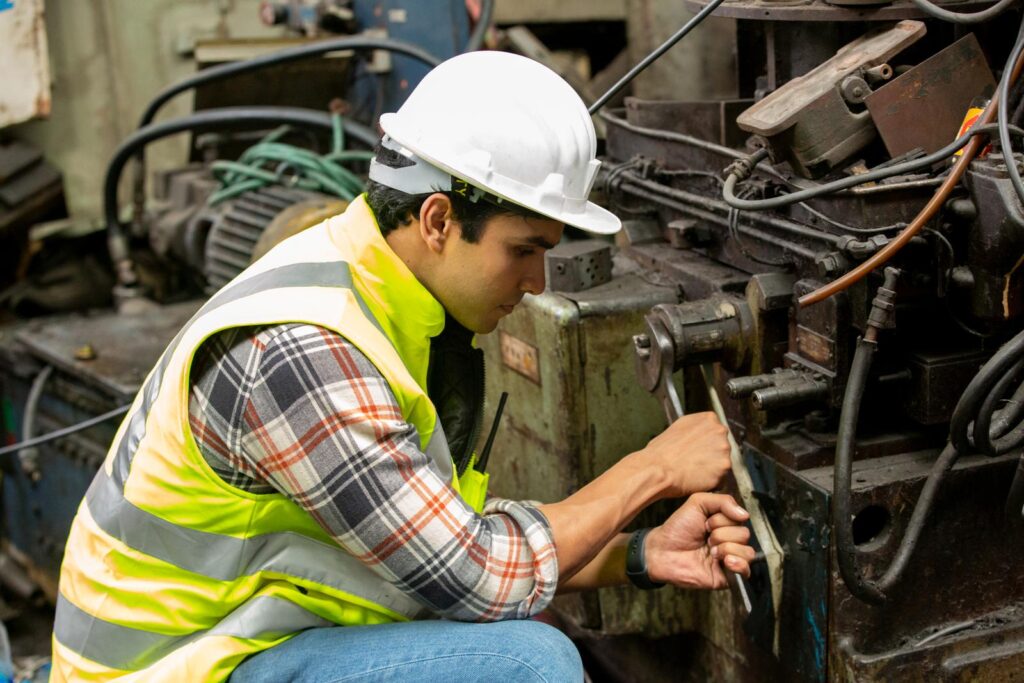Let’s talk about your dream project.
Schedule a free consultation now
Fluidising fabric is used in industrial operations to convey materials and regulate airflow. It is characterised by its flexibility, which allows it to be shaped into various patterns and sizes. When considering the right fluidising fabric for your operation, it is important to consider several factors, such as temperature, moisture content, particle size and shape, type of material, durability and longevity, and cost. Considering these factors can help ensure that you choose the right air slide fabric that meets all your specific business needs.
Temperature is an important factor when selecting a fluidising fabric for your operation. Different fabric materials react differently when exposed to varying temperatures, which can affect the fabric’s performance. Generally, air slide fabrics are designed to handle temperatures between -30°C to +150°C. Make sure to check the temperature range of the fabric to ensure it is suitable for your operation.
Moreover, some fabrics are designed to react to extreme temperature changes with temperature-sensitive components. If you are looking for a fabric that can handle sudden temperature changes, investigate the fabric’s temperature-sensitive properties. By keeping temperature in mind, you can ensure you get the right fabric for your operation.
When choosing the right fluidising fabric for your operation, it is important to consider the moisture content of the material. The material’s moisture content affects the fabric’s performance, with too much moisture causing the material to clog and reduce the efficiency of the fabric. The ideal moisture content range for air slide fabric is usually between 0.2 and 3 per cent. Too little moisture can cause the material to become dry and reduce the efficiency of the fabric. At the same time, too much moisture can cause the material to clog and harm performance. Therefore, it is essential to determine the ideal moisture content range for the material being conveyed to select the right fabric for your operation.
When selecting the right size and shape of particles for the fluidising fabric, there are several factors to consider. The size of the particles is an important factor to consider as it affects the flow of the material. Larger particle sizes can cause blockages and slow the flow rate, while smaller particles can cause wear and tear on the fabric. The particle shape is also important, as certain shapes can improve the flow rate and reduce wear and tear on the fabric. The particle shape can also affect how easily the material is discharged from the fabric. It is, therefore, important to consider the size and shape of particles when selecting the right fluidising fabric for your operation.
When it comes to choosing the right fluidising fabric, the type of material being conveyed should be taken into consideration. Different types of materials require different levels of air permeability, and the right fabric should be chosen accordingly. Synthetic fabrics are typically more suitable for handling abrasive materials such as cement. In contrast, natural fabrics may be better suited for conveying food products due to their higher resistance to wear and tear. Therefore, it is important to ensure the fabric is suitable for the material being conveyed.
Finally, the fabric should provide a consistent flow regardless of the type of material, as this ensures a smooth and efficient operation. Whether you are looking for an economical solution or a fabric that can withstand high temperatures, the chosen fluidising fabric should be capable of meeting your specific requirements.
When choosing the right fluidising fabric for your operation, it is important to consider its durability and longevity. You will want a product that is not only strong enough to withstand regular use but will also not degrade or be damaged over time. To determine the fabric’s durability and longevity, consider the following: material composition, quality of the fabric, stitching and seams, and environmental factors such as temperature, moisture, and dust. The quality of the fabric and stitching will be the most important factor in the fabric’s longevity, so be sure to select a product of the highest quality. The environmental conditions where the fabric is used will also affect its durability, so select a fabric that can withstand the conditions in which it will be used.
Choosing the right fluidising fabric for your operation is complex, as several factors must be considered. These include temperature, moisture content, particle size and shape, type of material, durability and longevity, and cost. Considering all of these factors, you can ensure that you select the right fabric suitable for your specific business needs. By investing in an air slide fabric that can withstand the wear and tear of regular use, you can ensure you get the most out of your investment. Remember to evaluate all factors within your budgetary constraints to find the most cost-effective solution that meets your requirements.

Air slides are an ingenious technology that is crucial in many industries. They are used to convey bulk materials, such as powders and granular substances, in a
Learn more
In every industry, maintaining operational efficiency and extending the life span of equipment are critical considerations. With its complex machinery and demanding
Learn more
Filter bags play a crucial role in various industries by ensuring efficient air filtration and dust collection. However, when faced with extreme dust challenges,
Learn more